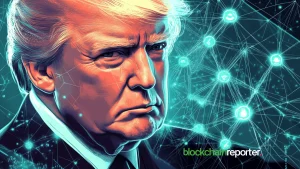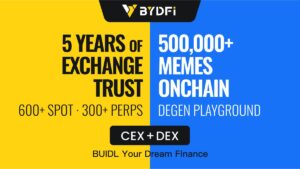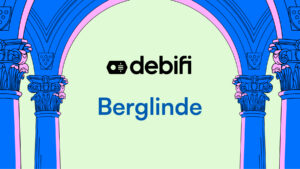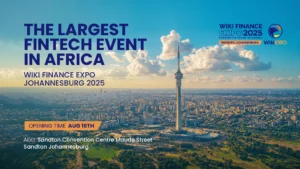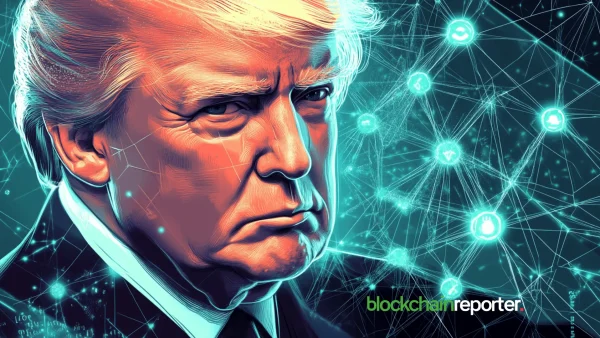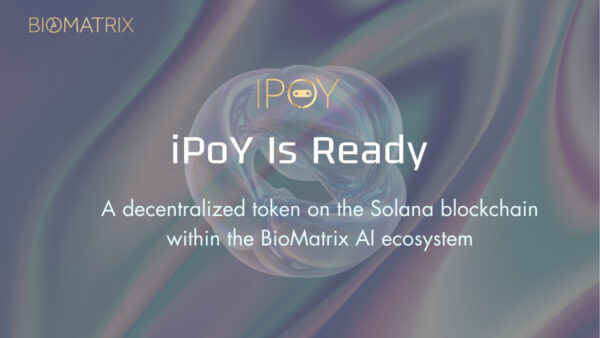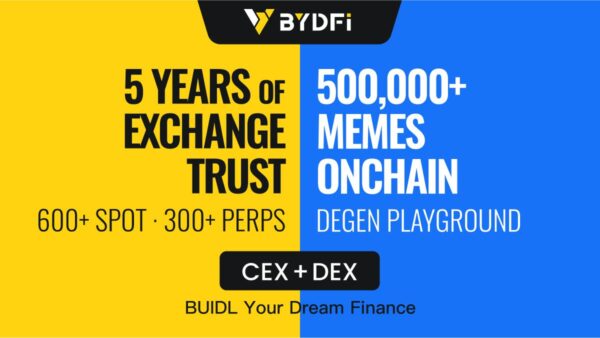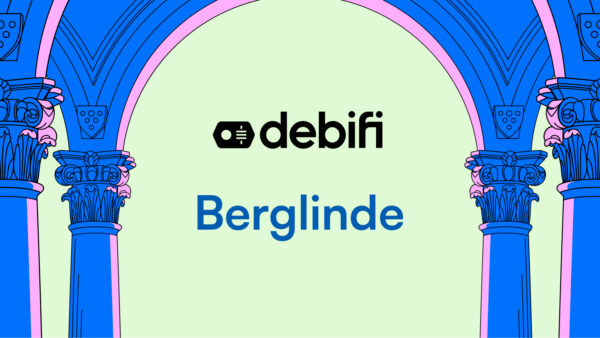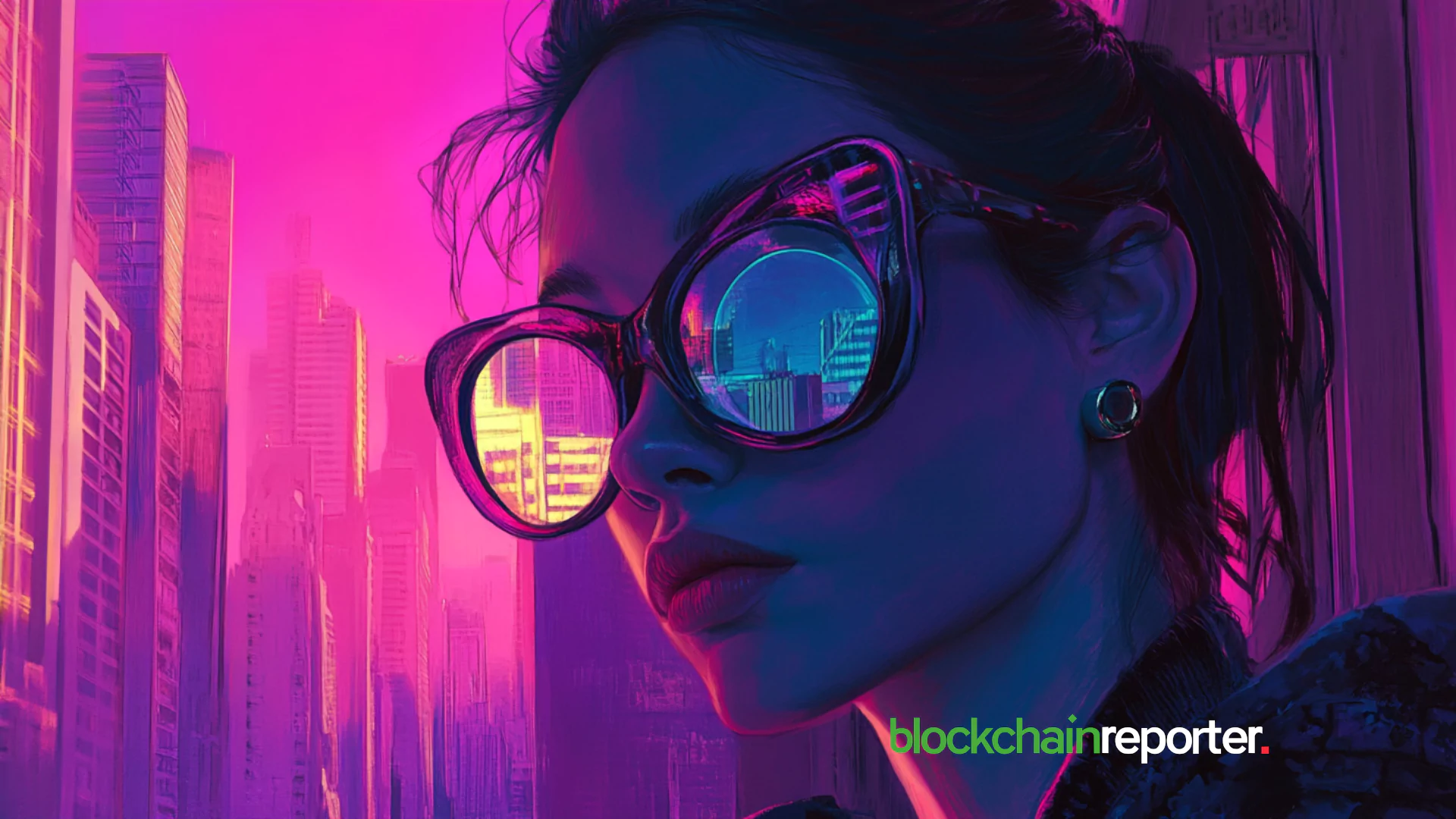
The new age of social media has completely changed the game of marketing and sales. Once, trends were created in offices by marketers and companies who used print ads, billboards, and celebrity endorsements to capture the public’s interest and attention.
This isn’t true anymore. Gone are the days when marketers were the trendsetters. The Internet has empowered the average individual with the power of exposure. By creating a hyper-connected world, it provides the opportunity to reach more people faster while overcoming geological, language, and cultural barriers.
Now, users are at the forefront of this marketing game, and companies need to connect with consumers on a deeper level. After all, on social media, the masses can become ‘minor celebrities’ themselves.
A great example is Ocean Spray. A viral video of a guy riding his longboard while drinking a jug of cran-raspberry sparked a trend, with people recreating the video and generating free user-generated advertising for the brand. After discovering that his truck had broken down, the company even gifted him a new one in cranberry red.
On social media, information spread like fire. This is where grassroots movements happen because they are a place where like-minded individuals gather to share information and organize into a force for change.
This has made value-driven marketing more important for companies than ever. However, it’s not about performative activism; today’s consumers reward genuine actions, while mere lip service can quickly tarnish a reputation.
As a marketer, tapping into cultural moments—whether small or big—allows for better connections with the audience.
Pop Culture’s Role in Shaping Product Trends Across Industries
Pop culture has always been very influential in shaping consumer tastes, which then drives demand for the product in retail and creates viral moments.
We saw this with Barbie. For a time, everything around us turned pink—from cookware and balls to sneakers. Incorporating the Barbie movie’s pink palette in product lines helped brands align their offerings with the latest hot topic.
The release of the movie also led to a surge in the popularity of the ‘Barbiecore’ fashion trend, with fashion retailers releasing collections inspired by Barbie’s iconic aesthetic, much like how The Matrix’s release in the early 2000s influenced a wave of street fashion and runway collections featuring black leather and futuristic looks.
Another great example of leveraging culture is Nike’s “Just Do It” campaign, which unites people with a sense of triumph over challenges. Similarly, Airbnb’s culture is embedded right into its product by offering stays in locals’ homes. Meanwhile, Apple has created a cult brand around innovation and aesthetics.
Rapper Travis Scott’s collaboration with fast food chain McDonald’s for the “Cactus Jack” meal led to a surge in sales while the popular Netflix show Stranger Things created a massive demand for retro 80s-style clothing and memorabilia.
Meanwhile, products that go viral on TikTok, like Lululemon’s leggings, can become must-have items overnight. Platforms like TikTok have accelerated their reach, turning certain products into cult favorites. Influencers showcasing items and raving about these items often lead to them selling out quickly.
Pop Culture’s Impact on Investment Decisions
Pop culture doesn’t just influence consumer behavior and fuel retail trends across sectors, it can even influence our investment. For instance, cultural moments like the Barbie film release and Bud Light advertising controversy led to an increased number of new investors in their respective parent companies, Mattel and AB InBev.
The pandemic lockdown of 2020 actually showcased this pretty clearly through meme stocks GameStop and AMC, which became a way for the retail to ‘stick it’ to Wall Street with Reddit, X (Twitter), and YouTube playing an essential role in spreading the message.
However, in the world of finance, few things display pop culture phenomena as vividly as cryptocurrencies. Bitcoin, after all, is not just a store of value; it has evolved into a belief system and is almost a religion. Altcoins like SOL, ADA, and XRP and meme coins like DOGE and WIF have generated cult followings.
Leveraging pop culture into marketing strategy doesn’t have to be elaborate or difficult, though. It can be as simple as making use of memes, which are one of the most popular ways of communication on the Internet and widely used by the crypto sector. Instead of trying to make it happen, becoming an active participant and riding the pop culture wave is another massive way in.
This is how PONKE, the Solana-based meme coin, is capturing the masses’ attention. With a ‘degenerate gambler’ as its mascot, the coin embodies the playful spirit typical of meme coins. This has helped its token gain a market cap of $180 million and get listings on major exchanges.
But it is more than just its meme origins. The token has a solid foundation and potential for long-term growth with its deflationary model, Helmet tool, strong community, and involvement in multiple projects within the Solana ecosystems, demonstrating how pop culture can fuel both retail consumerism and financial investments.

